In the offer of modern aesthetic medicine and cosmetology, more and more effective methods are being developed, whose task is to eliminate skin flaccidity resulting from the loss of collagen, elastin or adipose tissue. Many people are looking for treatments that would improve the quality of the skin. In this group, technology using plasma is of great interest.
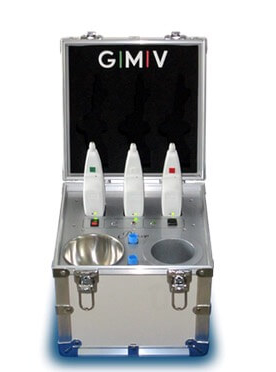
How does this work?
The device generates plasma, which is sometimes called the “fourth state of aggregation”. It is an ionized gas that allows an electric arc to be created between the device’s needle and the patient’s epidermis. This high-energy charge sublimates the top layers of the skin – it causes epidermal cells to “evaporate”. It is worth noting that during the procedure there is no damage to the dermis, no bleeding or damage to surrounding tissues.
What are the benefits of doing this? During the procedure, the cells are intensively stimulated at the dermis level. As a result, we get a spectacular effect of stronger skin tension while eliminating wrinkles and folds. Results may persist for 2 to 4 years. This device has been meticulously tested, and many scientific publications have confirmed its effectiveness and safety. The electric arc does not lead to the destruction of the skin below the basal layer of the epidermis, the current does not penetrate deep into the body, and the precise operation of the device allows accurate control over the entire procedure.
What are the applications of this device?
The most popular application of this device is the so-called inoperable eyelid lifting, or inoperable blepharoplasty. The effect is smoothing and firming the skin of this area. In addition, there are currently many situations in which the device allows you to achieve very satisfying results:
- Rejuvenation around the mouth (e.g. for vertical wrinkles)
- Wrinkles in other areas of the face
- Sagging neck skin
- Micropeeling of wrinkles around the cheeks
- Rejuvenation of the genital area
- Removal of discoloration or discoloration
- Scars and acne – both in the active and inactive phase
- Stretch marks, scars and keloids
- Mild skin lesions (warts, fibromas, calluses)
In the treatment of drooping eyelids, one to three treatments should be performed at intervals of approximately 1.5 months. The number of treatments is adjusted individually to each person.
What does the procedure look like? How long does the healing process take?
The procedure is always performed under local anaesthesia, which is carried out an hour before. The procedure using a plasma generator takes around half an hour or more. After the procedure, the skin may be covered with small scabs that persist for about a week. They should not be moved, we wait until they fall off themselves, leaving a slight redness. Within a few days after the surgery, swelling may persist. Using soothing and moisturizing creams, recommended by a specialist, we accelerate skin regeneration processes. Remember to use SPF 50+ photoprotection.
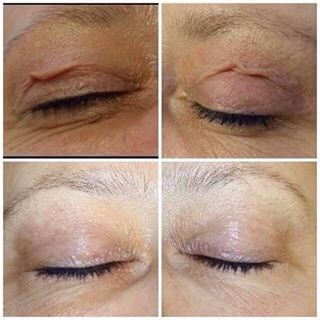
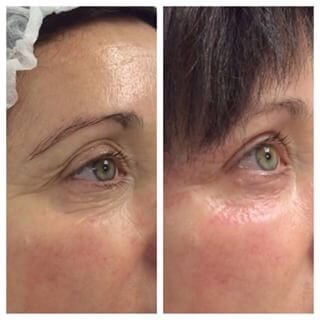
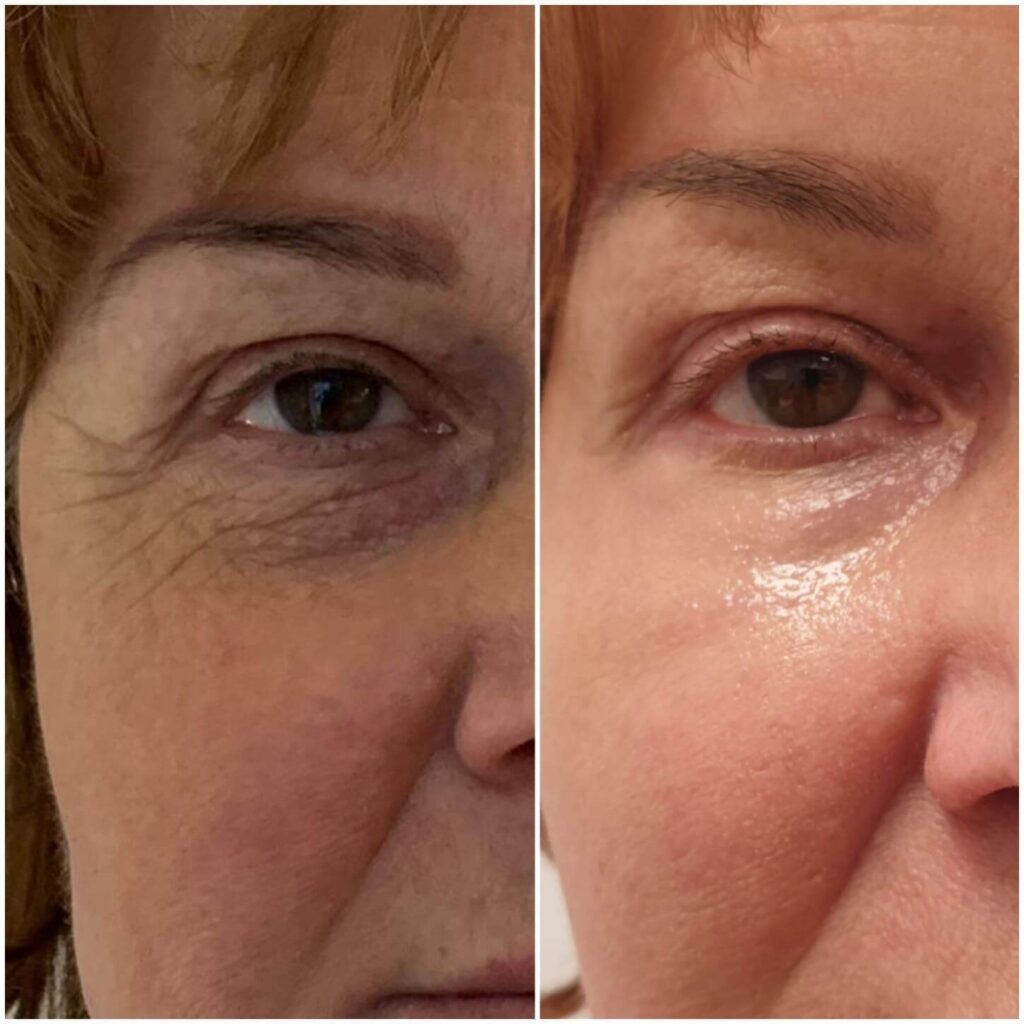
The non-surgical eyelid lift is performed by:
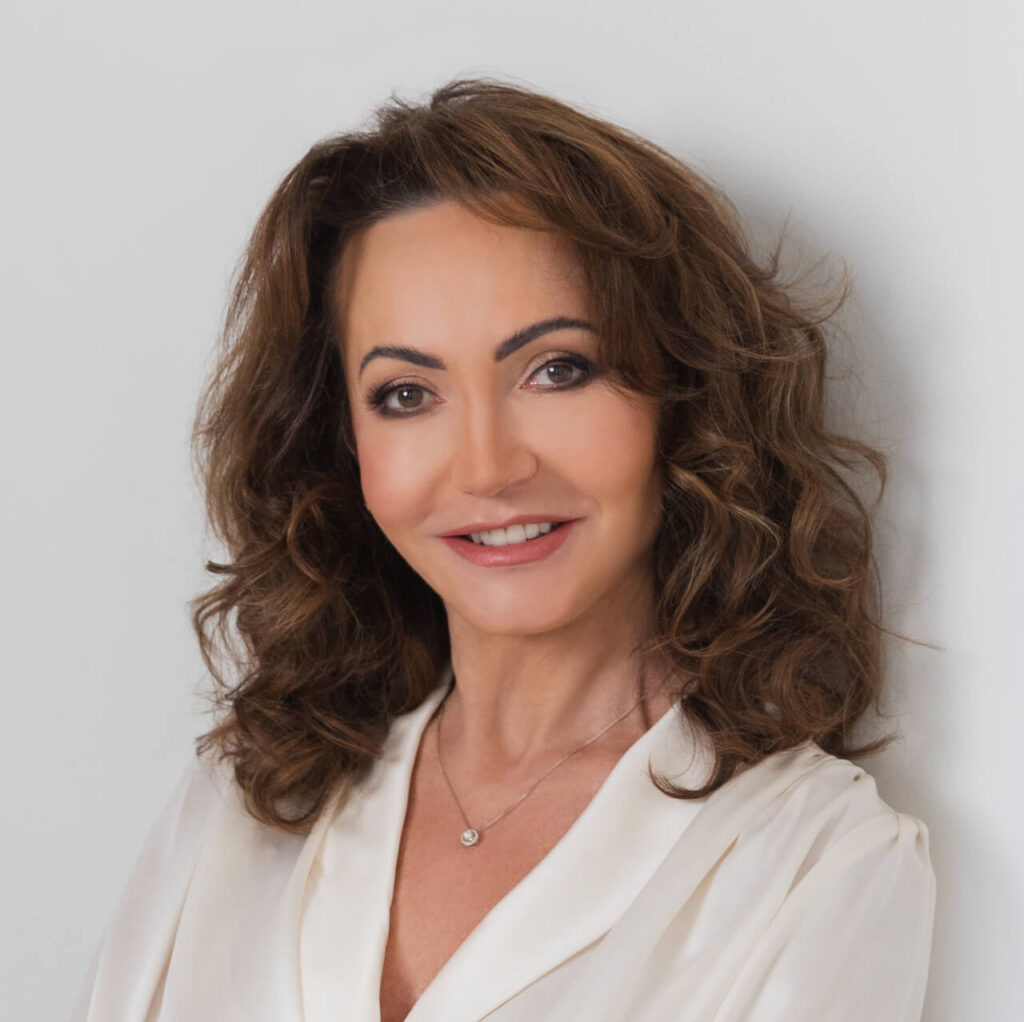
Kamila Stachura, MD
Dermatology Specialist, Aesthetic Medicine Physician